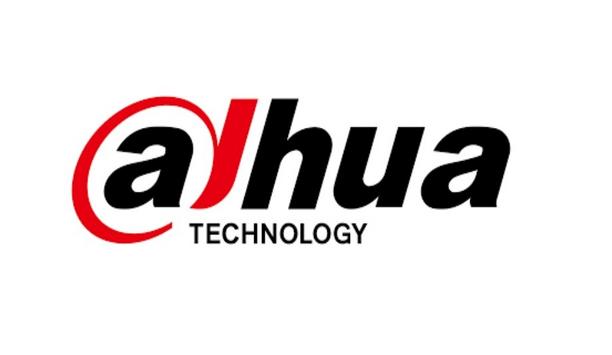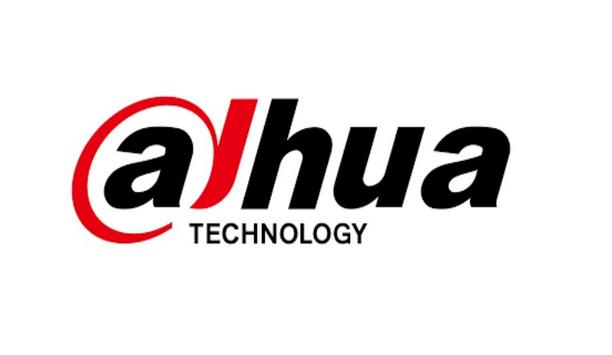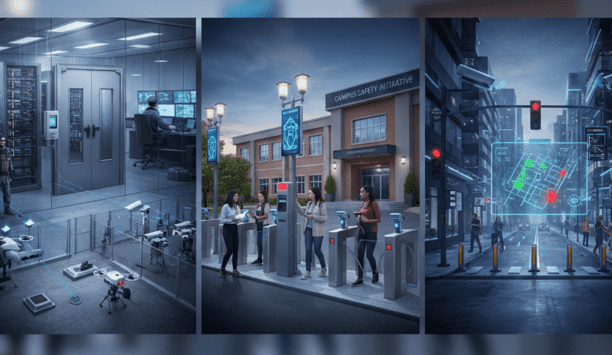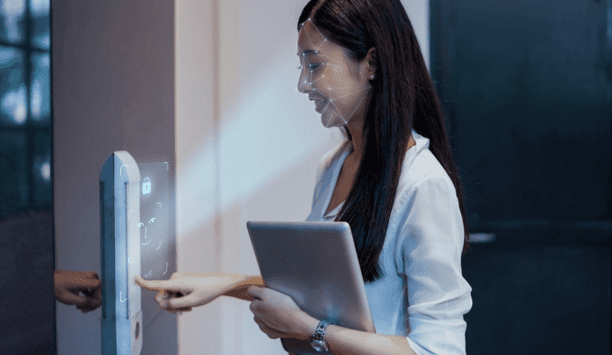Once home automation – controlling everything from HVAC to door locks to lights to security cameras – was solely the providence of the high-end home. Custom systems were pricey – some ranging upwards of $100,000 or more. That was before widespread access to broadband internet and before everyone started carrying a powerful internet-connected mini-computer – called a smart phone – in their pocket.
Home Automation goes mainstream
These days the Smart Home has gone mainstream. Home automation apps to control lights, locks and cameras can be purchased at The Home Depot or ordered from Amazon.com.
Customers of Comcast’s Xfinity Home solution can call a technician to install its “smart” devices, but the service offerings are tiered: On the low end you do it yourself while you have to pay more for a high-end full-service offering that includes home security monitoring.
DIY home security: a good fit?
“Over the last few years you’ve seen a move toward I would say DIY and entry-level automation,” says Dave Pedigo, Senior Director of Learning & Emerging Technologies at the Custom Electronic Design and Installation Association. “There are DIY products, and entry-level solutions you can get from the big providers and they’re very affordable. So the biggest difference is in reliability.”
"There are DIY products, and entry-level solutions you can get from the big providers and they’re very affordable. So the biggest difference is in reliability", says CEDIA’s Dave Pedigo |
For the handy “do-it-yourselfer,” home automation can be cheap and easy, if not always good – or safe for that matter.
Instead of paying for monthly monitoring, homeowners can install a web cam, access from a smartphone or tablet and essentially do their own security monitoring. The downside of this approach is readily apparent. Without full-time monitoring, homeowners can easily miss the break-in or the aged parent who falls and can’t get up. Until they log on and take a look, there’s no central station to send medical aid or call the police.
Connecting door locks and other devices to the Internet can also open a door to hackers, if the infrastructure isn’t properly protected.
Challenges with mainstream home automation
“Yes, home automation is becoming more mainstream, which is raising general awareness for the category as a whole,” says Sean Goldstein, vice president of marketing at Crestron. “The elements that are mass market are cookie cutter.”
In the high-end space, when people want different interfaces, or to control systems in a more custom fashion, a more advanced home automation system is needed.
“Off-the-shelf home automation systems won’t be able to accommodate the needs of every customer and their lifestyle,” he says.
To separate themselves from the DIY crowd, these security companies are emphasising the whole home solution
“Where I think Vivint differentiates itself is in offering a complete solution to our customers in an affordable way,” says Joe Albaugh, Vivint’s Chief Security Officer. “The key is offering everything from the home security platform to energy management to lighting to cameras and even a doorbell camera. It’s a package that we’ve offered that’s built to work together out of the box.”
Learn why leading casinos are upgrading to smarter, faster, and more compliant systems















































